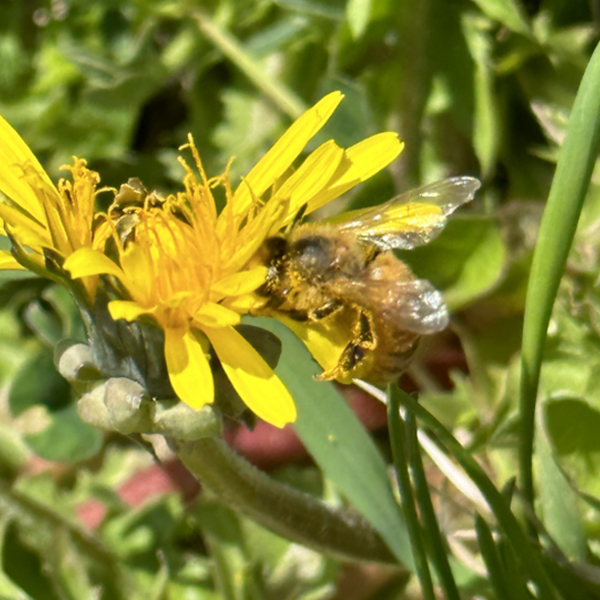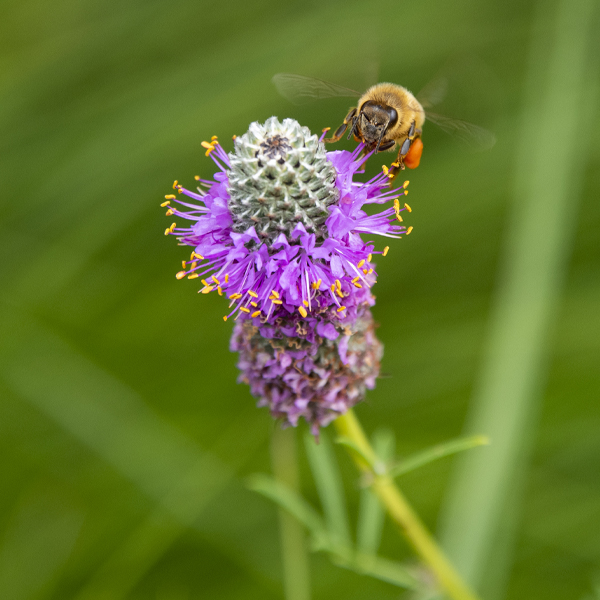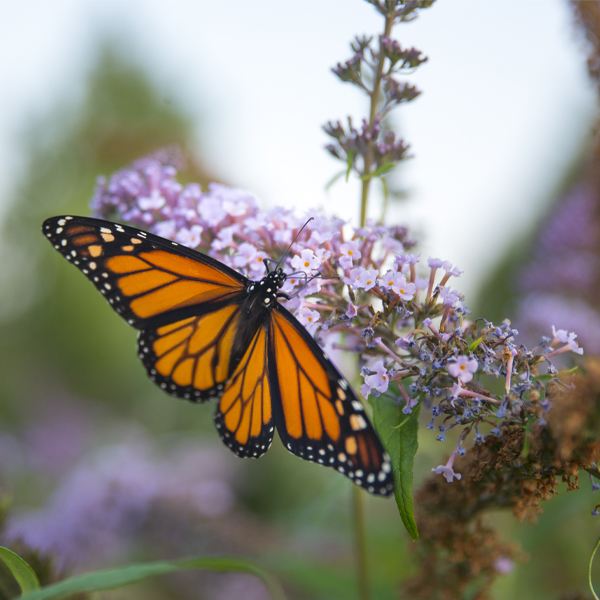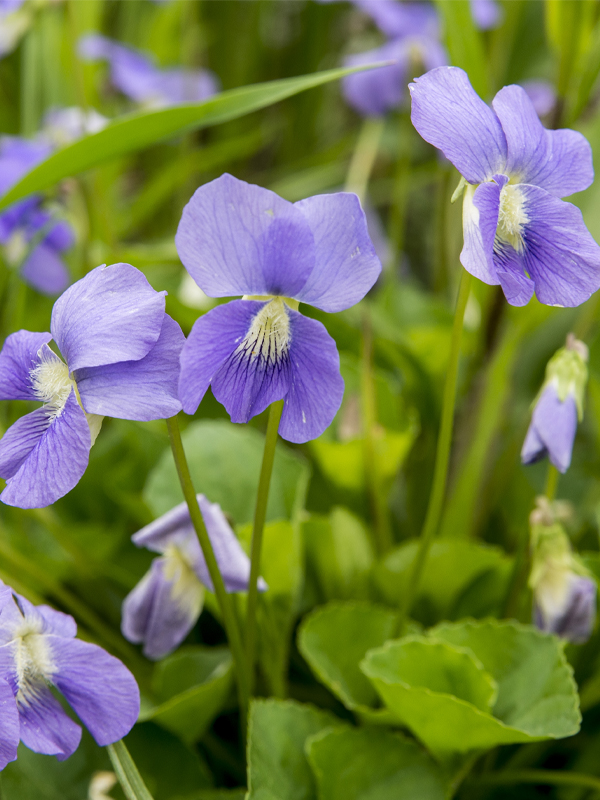

News
Garden Stories
To Mow or Not to Mow…
Have you noticed some of the neighbors’ lawns are a bit taller this month? They may be taking part in No Mow May—a movement that began in Great Britain in 2019 and has spread to North America and beyond. The goal is to leave the “weeds”—clover, dandelions, violets—even creeping Charlie (gasp!) so that bees can feed on their spring flowers.
If this sounds contrary to the way most homeowners view their lawns—crisp, clean, deep green, and weed-free (think of meticulously manicured golf course turf)—well, it is. If you can live with taller turf and some “weedy wildflowers” until the end of the month, pollinators will buzz to the buffet. But, if your lawn is spotlessly weed-free and treated with chemicals, “No Mow May” is, well, pointless.



Weeds
By definition a weed is any plant growing where it’s not wanted.
This definition can apply to crops, non-native species, even native plants like poison ivy. In an ironic twist, this year’s Chelsea Flower Show in London, England, branded weeds as “hero plants”. The Royal Entomological Society’s exhibit and three others feature thistles and brambles, as well as bindweed, nettles, and red campion. Known for its fabulous floral displays and glorious garden designs with state-of-the-art plants, the Chelsea Flower Show later this month is sure to turn heads or at least raise a few eyebrows.
This is a complicated subject, one in which gardeners, ecologists, horticulturists, homeowners, and others have very strong opinions. Weeds are not just unwanted species; they can have substantial negative impacts on native plants. I’m not talking about dandelions here—they are a nuisance once they self-sow across beds and borders. And bindweed winding its way up coneflowers or tomatoes is certainly irritating. But some weeds have to go because they’re simply too invasive.
The Illinois Department of Natural Resources states that invasive species pose one of the greatest threats to the state’s natural areas, native communities, and natural resources. The Garden defines an invasive plant as “a species, usually nonnative, that is able to establish itself within existing native plant communities and is posing a threat to the integrity of the community.” An aggressive plant is one that spreads faster than preferred, or into an area of a garden where it’s not wanted. It may be aggressive in one area of a garden or neighborhood and well behaved in another. The Garden does offer alternatives for many invasive plants. There can be a happy medium when it comes to dandelions.
Lawn “Mow How”
There are pros and cons to allowing turf to grow several inches tall before the first cut.
You’ll have less maintenance during May, and the bees will visit clover and dandelion blossoms, but when it comes to cutting the grass for the first time, it can be very difficult. I discovered exactly how difficult when I used a gas-powered push mower with the blades raised all the way up while trying to cut a half-acre of 6-inch-tall turf. One step forward and one back so the engine wouldn’t stop. It took a few weeks before the turf recovered—the bottom of the blades had yellowed from the shade overhead.
The lesson I learned: Don’t give that tall grass a buzz cut the first time out. If you remove more than one-third of the leafy blades during that first June mowing, the lawn may become stressed. It may take up to three mowings to get back to the ideal height—about 3½ inches. A taller lawn grows deeper roots, holds moisture better, and increases photosynthesis. It also deters weeds from sprouting. If rabbits cohabit in your garden, do check the lawn for nests before mowing tall grass.
Embrace the Weedy Lawn?
No mowing throughout May will certainly result in something of a meadow
—a cause of celebration among those ecologically minded and a cause of consternation to others who view it as weedy. If you decide to leave the lawn as is until June 1, give it a tidy mowed edge around the entire perimeter, which makes it look intentionally designed instead of neglected. In other words, a natural, intended meadow.
“I love the concept of giving the pollinators some help and increasing awareness of this important activity, but realistically and practically, I think not mowing in May will not help that much and will create a laborsome mess of your lawn,” says Tom Tiddens, the Chicago Botanic Garden’s Supervisor of Plant Health Care. “It will take most of the month of June to bring it back to normal and then there’s the potential hot, dry weather when you want your lawn at its hardiest.”
Whether you participate in No Mow May or not, lawns simply are not great providers of pollen, nectar, or wildlife habitat compared to other garden areas. For the long term, consider attracting pollinators well beyond May by converting some of your lawn into a native plant garden, a perennial border, or a rain garden. There are even some shorter native wildflowers that may blend into your lawn and provide more resources for pollinators than the weeds do.
“My lawn at home is currently loaded with flowering weeds, and it will be about the same after I mow,” Tiddens explains. “I have a purple sea of lovely wild violets—mowing won’t change that. I think there are better ways to support the pollinators. Plant more perennials and annuals; there are nice lists of pollinator-favored plants. And, convert some, if not all of your lawn, into a true meadow or prairie with appropriate plants.”
Tiddens prefers a No Spray May. “Maybe skipping one mowing or mowing every other week in May may be a better alternative,” he said. “Most lawn weeds flower fine, even when a lawn is mowed.”

This spring, why not leave the pesticides and herbicides on the store shelves and enjoy a green, “weedy wildflower” lawn—whether short or tall—as is? If it’s good enough for the Chelsea Flower Show, it’s good enough for me.

